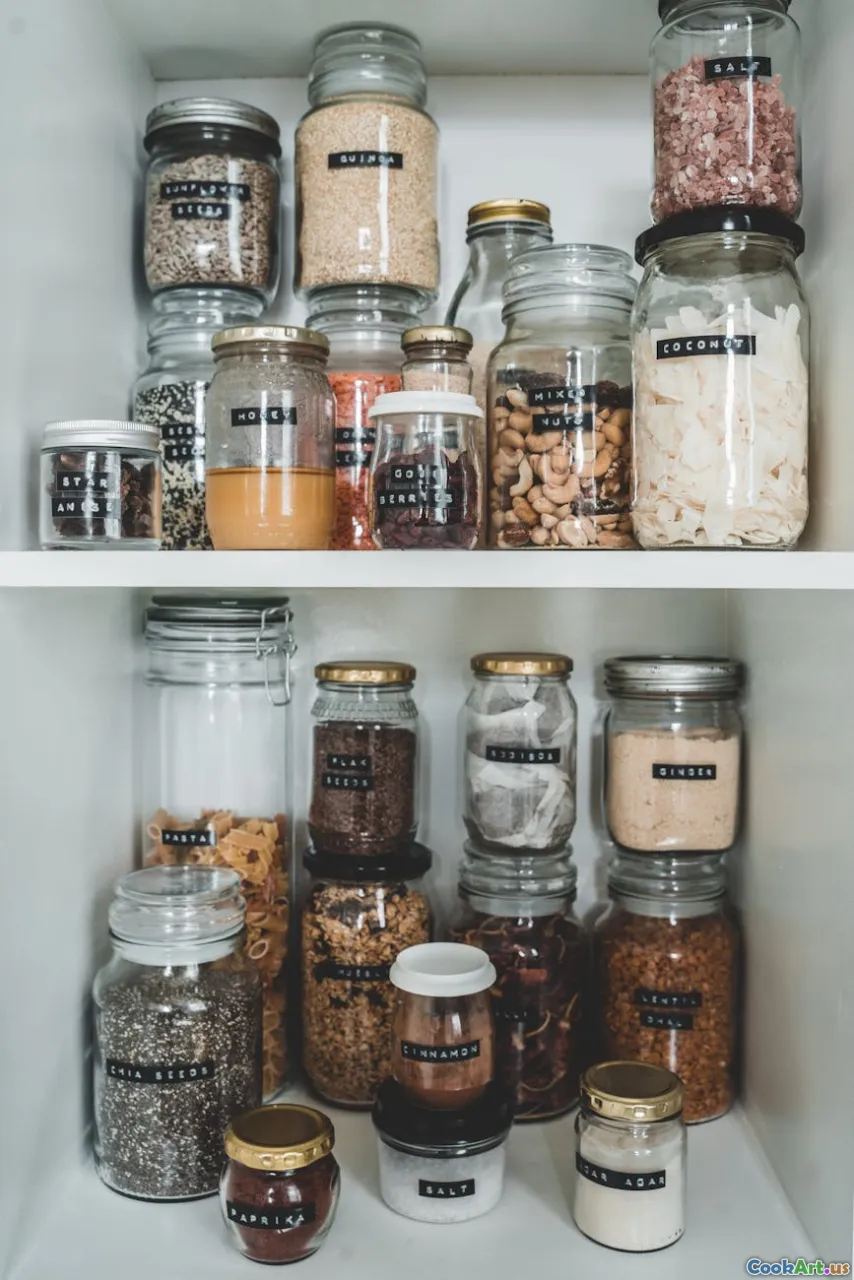Blockchain in Food Supply
5 min read Explore how blockchain technology enhances transparency and safety in the food supply chain, transforming the culinary landscape. April 14, 2025 03:00
Blockchain in Food Supply
The culinary world is undergoing a technological revolution, with blockchain technology standing at the forefront of innovations aimed at enhancing transparency and safety in food supply chains. As consumers demand more information about their food sources, blockchain emerges as a powerful tool to bridge the gap between producers and consumers.
What is Blockchain?
Blockchain is a distributed ledger technology that records transactions across many computers in a way that ensures the registered transactions cannot be altered retroactively. This fosters trust among stakeholders by providing a secure and transparent way to document and verify data. In the context of food supply, this translates into an invaluable resource for tracking the journey of food products from farm to table.
Enhancing Transparency
With the advent of blockchain, consumers can access detailed information about the origin of their food. For example, through a simple scan of a QR code on a product's packaging, consumers can trace its journey: where it was grown, how it was processed, and even how it was transported. This level of transparency not only empowers consumers but also holds producers accountable, fostering ethical practices throughout the supply chain.
Case Studies in Effectiveness
Several pioneering companies are already leveraging blockchain technology to improve food safety and transparency:
-
IBM Food Trust: This initiative connects various stakeholders in the food supply chain, allowing them to share data securely and efficiently. Companies like Walmart, Nestlé, and Dole are involved, enabling them to track produce from farms to stores.
-
Provenance: This platform allows brands to provide proof of their supply chain claims. For instance, a seafood company can prove its product is sustainably sourced by sharing its journey on a blockchain.
Enhancing Food Safety
Food safety is a critical concern worldwide. According to the Centers for Disease Control and Prevention (CDC), approximately 48 million people get sick from foodborne illnesses in the U.S. each year. Blockchain can mitigate these risks by providing real-time tracking of food products, helping to identify sources of contamination quickly.
Rapid Response to Outbreaks
In the event of a foodborne illness outbreak, blockchain technology enables rapid identification and isolation of affected products. For example, if a batch of lettuce is linked to E. coli, blockchain allows for immediate tracing back to the farm, streamlining recalls and minimizing health risks.
Challenges Ahead
Despite its potential, the adoption of blockchain in the food supply chain faces several challenges:
- Interoperability: Different systems and platforms must communicate seamlessly for blockchain to be effective.
- Regulatory Hurdles: Food safety regulations can vary significantly across regions, complicating implementation.
- Cost of Implementation: Smaller producers may find it challenging to adopt expensive blockchain solutions without significant support.
Future of Blockchain in Food Supply
As technology evolves, the integration of blockchain into the food supply chain is likely to become more refined and widespread. Innovations in artificial intelligenceandmachine learning will further enhance the capabilities of blockchain, improving predictions and efficiencies in food sourcing and distribution.
Consumer Engagement
Ultimately, consumers are becoming more engaged in their food choices. With blockchain, they can make informed decisions, supporting brands that prioritize transparency and sustainability. This shift not only benefits consumers but also encourages producers to adopt better practices.
Conclusion
Blockchain is more than a buzzword; it is a transformative technology that promises to enhance the food supply chain's transparency and safety. As we move towards a more connected and informed world, embracing blockchain could redefine our relationship with food, ensuring that every meal is not just a product, but a story of trust and accountability.









